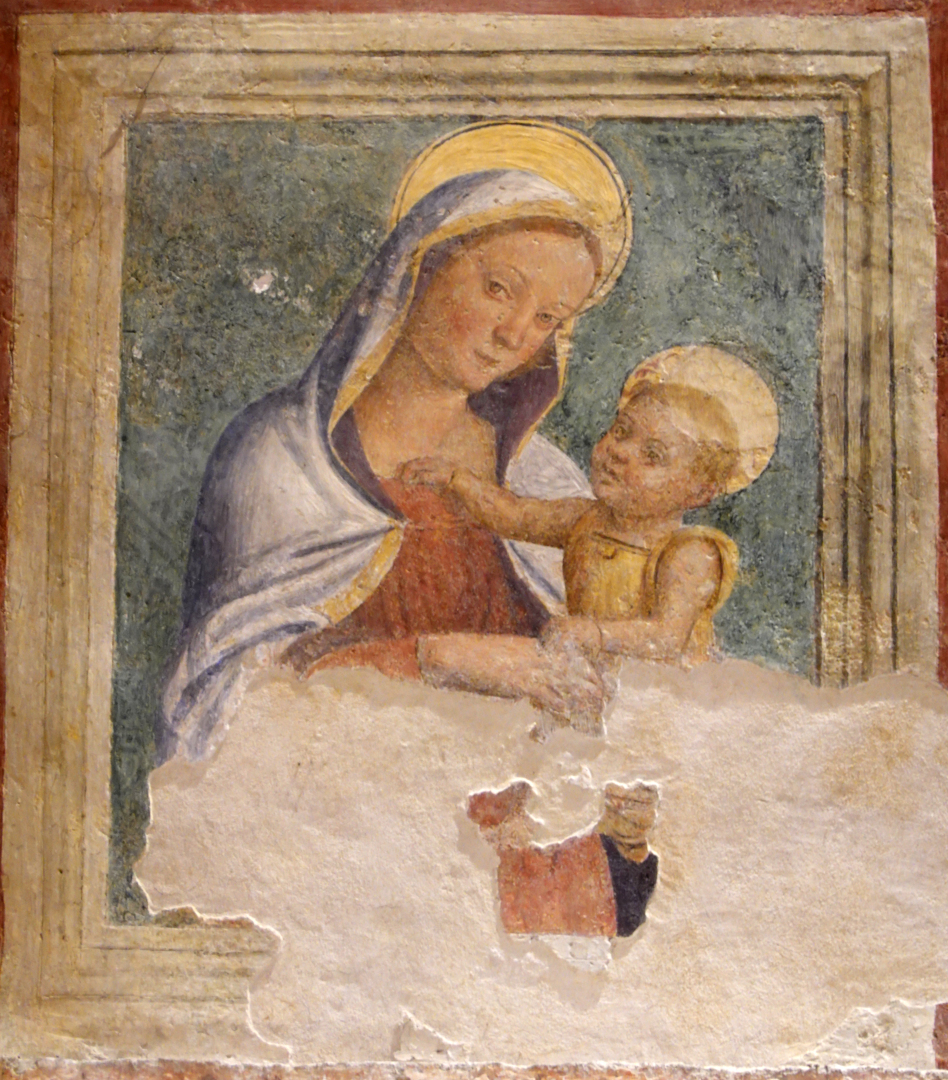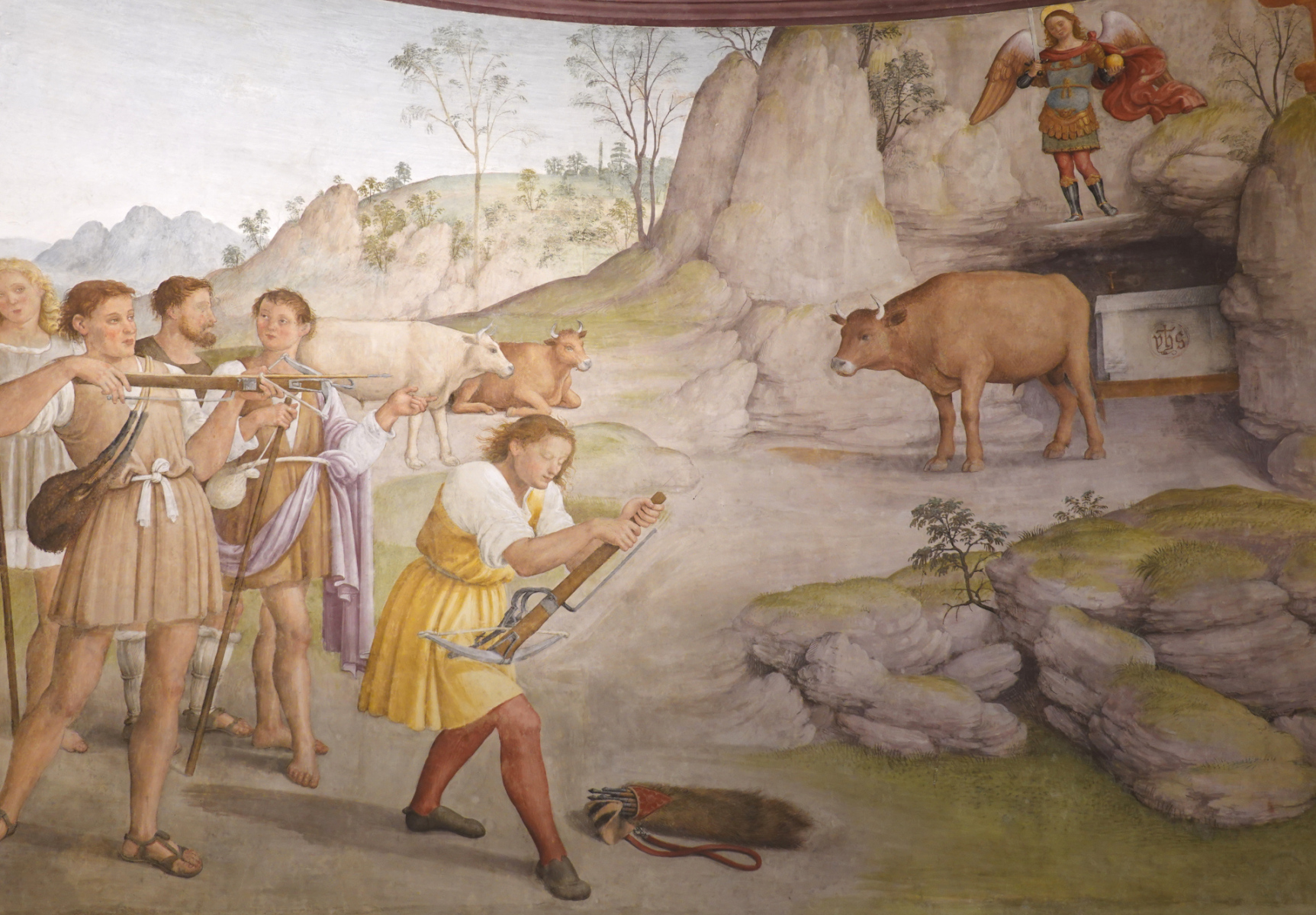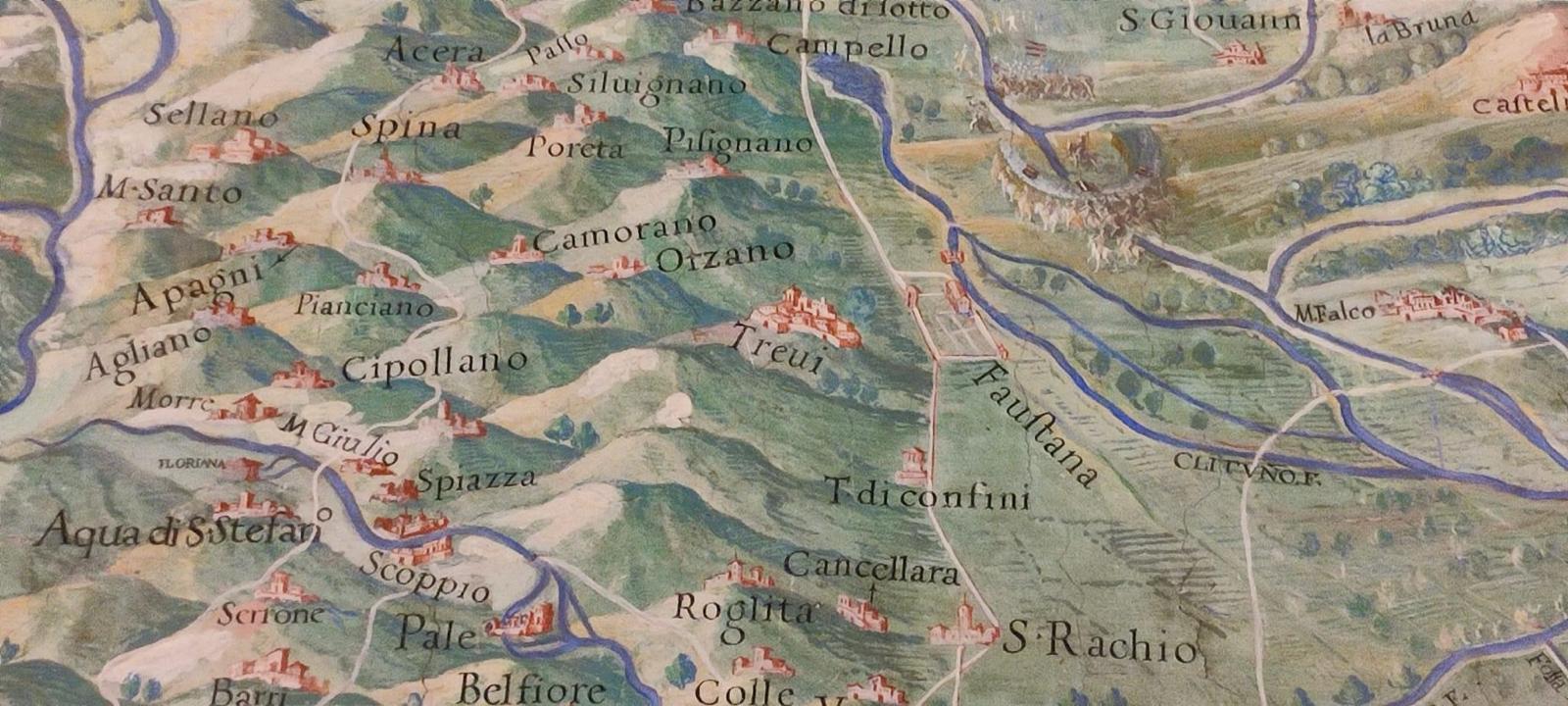History
The story of Le Logge begins in the Middle Ages, before the 11th century. There was great strategic significance to the long road that ran along the property and that is still visible today. This ancient road – the Via della Spina connected today’s Rome to points west headed towards the Adriatic Sea crossing the Colfiorito plateau and the Valnerina.
A patrol was established to enforce passage. Over time and through the Renaissance, the community that would become today’s village of Silvignano grew and expanded. The property that is today’s Le Logge began to take form, becoming the nucleus of a Fortified Villa sanctioned as part of a broader protection system established around Spoleto – an important city in the emerging Papal States. The protection system was made up of almost 80 villas and castles called the Contado and that ringed Spoleto and communicated with each other through signaling systems and passenger pigeons. Over time, the Villa developed with each building devoted to a specific purpose: housing for a military garrison, family apartments, a small olive and wheat mill, and grand quarters for military commanders. The two watch towers on the property were built to provide long views across the bordering valleys. Indeed, the strategic placing of the villa along the hillside and overlooking the beautiful valley below was no coincidence. The special eight-sided columns, symbol of infinity and granted at the time only to properties of the Vatican State, can still be seen today shaping the beautiful arches of the Loggiato. Among the most significant examples of medieval architecture (XI- XV century) of the Contado di Spoleto, the Villa is protected by the Ministry of Heritage and Cultural Activities and Tourism of the Italian State, and since 2003 is part of the Association of Historic Italian Houses.
Today, the properties stand meticulously restored and updated while honoring their past. Original doors more than 800 years old are still in place. Many walkways and entrances into rooms remain less than six feet high, reflecting average heights of residents from almost 1,000 years ago. Careful artistic and creative planning and restoration provide an authentic and one-of-a kind vacation escape where horse stables and former watchtowers have been converted to independent apartments, and a centuries-old militarily strategic location allows guests today stunning and picturesque views into the expansive Valle Umbra 600 meters below.



